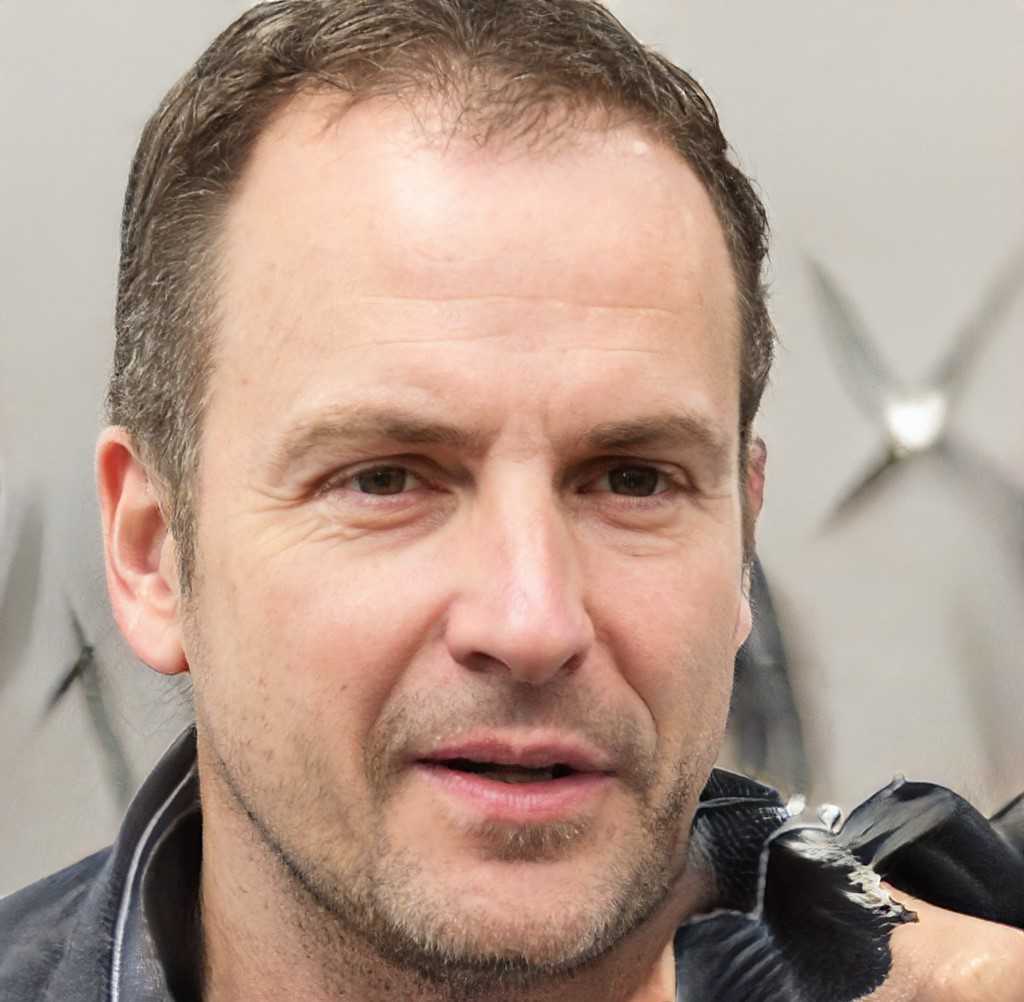What Is a Uitvaartstoetvlag?
The word uitvaartstoetvlag translates to “funeral procession flag” in Dutch. It’s a small yet important accessory that clearly marks cars as participants in a funeral procession. Typically attached to the front of vehicles, these flags act as a visual signal to others on the road, indicating that the vehicles are part of a larger, solemn convoy.
Not only does this minimize confusion and potential traffic incidents, but it also legally permits the funeral procession to travel through intersections together, even if the light changes midprocession. The assumption is: don’t interrupt. It’s a practical and symbolic gesture rolled into one.
Why It Matters
Without clear identification, a funeral procession risks being broken up by routine traffic movements—causing confusion and distress. The uitvaartstoetvlag solves this by offering a universal, visible indicator of the procession. It communicates essential information without a single word. For other drivers, it’s a cue to pause and allow the group to pass uninterrupted. For the grieving family, it’s one less stressor during an emotionally overloaded moment.
In the Netherlands and many other countries, funeral processions have legal protection—but these protections rely on clear visual identifiers like lights and flags. The flag ensures compliance and maintains the integrity of the procession, which carries profound emotional and cultural weight for those involved.
Materials and Design
A standard uitvaartstoetvlag is simple: usually a brightly colored or black flag with distinctive markings or symbols. Some versions feature a magnetic mount that attaches easily to the front of any car. Others clip on or use suction cups. Regardless of the type, visibility is key.
Durability also matters. These flags have to remain stable at modest driving speeds, in weather conditions that could include rain, wind, or snow. Heat resistance is also a factor—they’re often used on hot car surfaces during summer months. Manufacturers tend to use materials like premium polyester, chosen for its ability to stay intact and visible across conditions.
Legal Considerations
In countries like the Netherlands, funeral processions using a uitvaartstoetvlag are granted specific road rights—such as being allowed to proceed through a red light once the first car in the convoy has passed through on green. For processions to retain this legal protection, vehicles must be visibly part of the convoy.
That’s why a uniform visual signal—like a flag, headlights on, and sometimes hazard lights—is essential. Even a small deviation or missing flag could result in legal consequences, confusion with police or traffic authorities, or a fractured procession.
Local municipalities may have variance in their enforcement or interpretation of these laws, so funeral directors often take on the responsibility of ensuring compliance. It’s not just about following the letter of the law, but keeping things respectful and safe, both for mourners and everyday drivers.
How Funeral Directors Use Uitvaartstoetvlaggen
Funeral directors streamline the logistics of the procession. They supply uitvaartstoetvlaggen, position vehicles in the correct order, and ensure drivers understand basic rules—like maintaining a safe following distance and keeping lights on.
Often, directors will collect the flags at the cemetery or final stop, making the process hasslefree for participants. Their expertise ensures that things run smoothly while letting families focus on what matters: saying goodbye.
Some services have even upgraded to reusable or branded flags—offering subtle customization while honoring tradition. Others integrate short GPSguided routes and live updates to guide vehicles with greater precision.
Tips for Drivers Participating in a Procession
If you’re ever asked to drive in a funeral procession, here are some quick things to keep in mind:
Attach the uitvaartstoetvlag securely before departure. Keep your headlights on throughout the drive. Maintain a steady but cautious speed—don’t rush or leave big gaps. Don’t allow unrelated cars to cut into the procession line. Follow traffic rules unless an exception is clearly allowed during the procession (such as continuing through an intersection once the lead car has begun crossing on green).
Respect on the road is everything in these moments. The flag isn’t just a legal tool—it’s a signal to others that something significant is happening.
Changing Norms and Digital Additions
Modern life has added a few new dimensions to funeral processions. GPS apps can guide convoys more easily. Event management software used by some funeral homes can track who’s in the procession and ensure communication if any issues arise.
Still, even with modern addons, the humble uitvaartstoetvlag remains essential. It links tradition with utility, doing its job quietly and effectively in the background. Even as digital tools evolve, the physical marker of the flag continues to provide clarity, visibility, and respect.
Conclusion
The uitvaartstoetvlag is a modest yet powerful part of saying goodbye. It ensures families can move together safely, uninterrupted, and with dignity. It’s not a decoration; it’s a symbol of shared grief and societal respect.
Without it, confusion reigns. With it, the procession becomes something more than just a group of cars—it becomes a silent statement of remembrance and unity.

